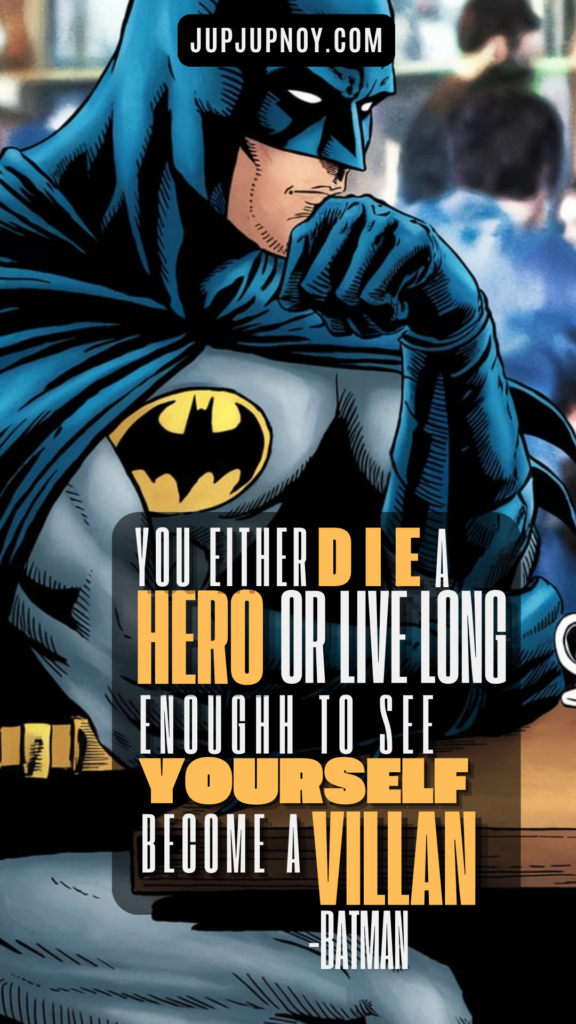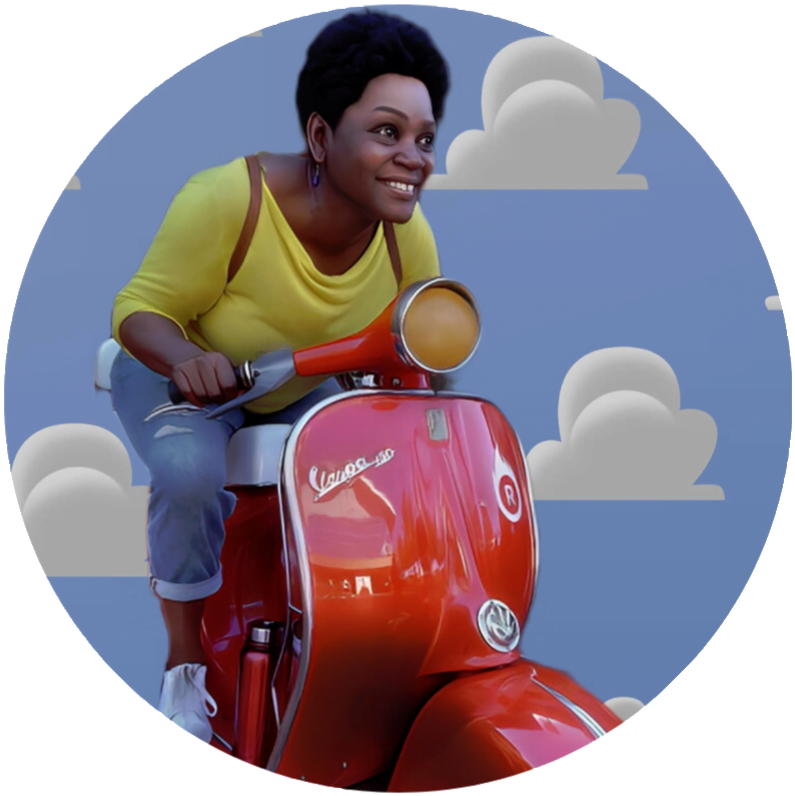A Hero’s Dilemma: Navigating the Moral Maze in a World of Blurred Lines
A hero’s journey is never a straight path. It twists and turns, presenting obstacles that challenge not just physical strength, but the very core of one’s being. As Joseph Campbell famously outlined, the hero’s journey is a transformative experience, fraught with trials that forge character and reveal true mettle. But what happens when these trials chip away at the hero’s resolve, eroding the noble intentions that once drove them forward?
In storytelling, we often romanticize the hero’s ascent. We cheer as they overcome adversity, face their fears, and emerge victorious. Yet, life isn’t always so neatly packaged. The line between heroism and villainy can be razor-thin, a tightrope walked with each decision made under duress.
Consider the hero who starts with the purest of intentions. They answer the call to adventure, cross the threshold into the unknown, and face their first tests. At this stage, their moral compass points true north, unwavering in the face of temptation. But as the journey progresses, the challenges grow more complex. The innermost cave isn’t just a physical space; it’s a crucible for the soul.
It’s in this crucible that heroes face their greatest peril – not from external foes, but from the darkness within. The ordeal they must overcome isn’t just about slaying dragons or outwitting enemies. It’s about confronting the shadow self, that part of us capable of justifying increasingly questionable actions in the name of the greater good.
As the stakes rise, so does the pressure. The hero may find themselves making compromises, small at first. A white lie here, a necessary evil there. They tell themselves it’s for the greater good, that the ends justify the means. But each compromise is a step down a slippery slope.
In today’s world, this moral erosion is amplified by the constant scrutiny of the public eye. Imagine a modern-day hero, trying to save lives while bystanders stand idly by, more concerned with capturing the moment on their smartphones than lending a hand. It’s enough to make anyone question their faith in humanity.
This scenario isn’t just hypothetical. We’ve seen it play out in real life, where people’s first instinct is to record rather than assist. It’s a stark reminder of how disconnected we’ve become, how the allure of viral fame can overshadow basic human decency. For a hero witnessing this repeatedly, it’s easy to see how cynicism could take root.
The transformation from hero to villain rarely happens overnight. It’s a gradual process, a series of choices that slowly reshape one’s worldview. Perhaps the hero becomes jaded, believing that the people they’re trying to save aren’t worth the effort. Or maybe they convince themselves that true change can only come through more drastic measures.
This is where the concept of the anti-hero often emerges. These complex characters straddle the line between good and evil, their methods questionable but their goals ostensibly noble. They challenge our notions of morality, forcing us to confront uncomfortable truths about the nature of heroism and villainy.
But even as we explore these darker narratives, we must remember that the power of choice remains. The hero’s journey isn’t a predetermined path. At any point, one can choose to course-correct, to reaffirm their commitment to their original values. It’s this struggle, this constant battle against the pull of darkness, that makes for truly compelling storytelling.
In our own lives, we face similar challenges. We may not be battling supervillains or saving the world, but we encounter moral dilemmas daily. Do we speak up against injustice, even when it’s inconvenient? Do we help a stranger in need, or walk by assuming someone else will step in? These small choices shape our character, defining whether we lean towards heroism or apathy.

Hero’s Dilemma
The proliferation of technology has added a new layer to this moral landscape. We’re more connected than ever, yet paradoxically more isolated. The ease with which we can ignore real-world problems by retreating into our digital bubbles is alarming. It’s in this context that modern heroes must operate, fighting not just tangible threats but also the creeping indifference of a society too often content to watch from the sidelines.
Yet, all is not lost. Even in our smartphone-obsessed world, moments of genuine heroism shine through. Ordinary people step up in extraordinary ways, reminding us of the inherent good in humanity. These everyday heroes prove that while the path may be fraught with challenges, it’s still possible to make a difference.
As we navigate our own hero’s journeys, we must remain vigilant against the slow corruption of our ideals. It’s easy to become disheartened, to let cynicism cloud our judgment. But we must resist this urge. We must find ways to help, to engage, to make a difference, no matter how small.
The Thin Line Between Hero and Villain
In the end, the thin boundary between hero and villain isn’t just a literary device – it’s a reflection of the human condition. We all have the potential for great good and terrible evil within us. The choices we make, day by day, moment by moment, determine which side of that line we fall on.
So, dear reader, as you go about your day, remember this: In a world where it’s easier to be a spectator than a participant, choose action. In the face of apathy, choose compassion. When confronted with injustice, choose to stand up. For it is not in the grand gestures but in the small, everyday choices that we truly define our character.
Let this be the thought that lingers: Heroes aren’t born in moments of glory, but forged in the crucible of daily choices. Every time you choose kindness over indifference, every time you lend a hand instead of scrolling past, you’re writing your own hero’s journey. The power to shape your destiny – and to impact the world around you – lies in your hands. Use it wisely, for in the end, we are all the heroes of our own stories, and the villains we must overcome are often the shadows within ourselves.














0 Comments